Courtesy of The Liquid Agency
Your customers are no longer responding to your efforts. And that’s freaking you out.
In the past, customers are known as “consumers”. They are considered “segments” to be “targeted” through a military-like process of “strategic” marketing.
At the core of it all then was your brand.
Representing the essence of your product offering, your brand encapsulated everything you wished your customers to know, feel and experience about your company and its products.
From Consumers to Co-Creators
These days, however, the role of customers in branding has flipped.
Your customers no longer buy brands. Instead, they join them.
Like you, your customers have their hopes, dreams, needs and emotions. Idiosyncratic and individualistic, they exercise personal judgment, cater to their whims, and create their own life stories.
This switch in roles can be seen in the diagram below:
To survive in this new world, you need to “flip” your brand. That’s where Marty Neumeier’s new book comes in.
Titled The Brand Flip: Why Customers Now Run Companies – and How to Profit From It, Neumeier’s latest book purport that companies need to “flip or be flipped.”
Author of the book Brand Gap and Zag, Neumeier implores you to transform your brands into “mini-movements” in his latest volume – ones that your customers will embrace, co-create and grow with.
New Customer Realities
According to The Brand Flip, power has shifted from companies to customers. Your customers no longer care about products per se, but on how they can create personal meaning with those products.
Customers buy products to build their identities. They hate being sold to, but love to buy. They join tribes to feel safe and successful.
Companies with the strongest tribes win. Especially those which can connect with their tribe members through technology (eg social media).
The most successful brands in such an environment are not static. Rather, they are fluid and can “flow” through multiple technologies and touch points.
7 “Flips” You Need to Know
Amidst these major shifts in your brand landscape, you can’t just build your brand the old way.
Rather, you need to be aware of 7 “flips” in how your brand will be increasingly perceived by your customers – if at all – and how you can respond.
#1 Products → Meaning
Brands are more than just logos, products, customer impressions, promises, or reputations. Rather, the most effective brands help customers to find meaning, engender a sense of belonging, and build their life stories.
#2 Tangible → Immaterial
The intangible elements of a brand now supercedes tangible product features. These immaterial qualities include authenticity, belonging, certainty, control, delight, flexibility, hope, optimism, safety, speed, and style.
#3 Selling → Enrolling
Branding should no longer be about selling a product, but recruiting members.
Studies showed that the most loyal 50 percent of your customers spend 33 percent more than new customers. A 5 percent increase in loyalty can mean a 95 percent increase in profits over a customer’s lifetime!
#4 Company Identity → Customer Identity
Your customers are not cattle to be “branded” with your insignia. Who you are is much less important than who they are.
#5 Better Products → Better Customers
Product innovation is no longer important. Instead, the value lies in customer innovation.
This is well stated by Dell, which seeks to…
“Enable customers everywhere to grow, thrive, and reach their full potential.”
#6 Customer Segments → Customer Tribes
Unlike customer segments which are artificial classification systems created by market research firms, customer tribes are organic folks who share similar interests.
You don’t target a tribe, but support, grow, partner and organise it.
#7 Transactions → Relationships
From sales transactions alone, you need to evolve your brand to start building relationships with your customers. This can be achieved through a tool like the Brand Commitment Matrix, which maps out how your customer’s Identity, Aims and Mores (IAM) corresponds to your company’s Purpose, Onlyness, and Values (POV).
| Customer | Company |
| Identity (who they are) | Purpose (why we exist) |
| Aims (what they want) | Onlyness (what we offer) |
| Mores (how they belong) | Values (how we behave) |
5 Ways to Lead Your Tribe
Now that you’ve learned what the brand flips are, how should you lead your organisation?
Here are five ways to do so.
#1 Use Authenticity – Not Authority
Authentic brands have a clear purpose which goes beyond making money. They are aimed squarely at your customers, now and forever – your true north.
Here are some good examples from leading companies:
- Google: “To organise the world’s information and make it universally accessible and useful”
- Apple: “To make tools for the mind.”
- Cirque du Soleil: “To invoke the imagination, provoke the senses, and evoke the emotions.”
- Coca-Cola: “To refresh the world.”
#2 Differentiate – Not Compete
Successful brands differentiate themselves by staking out a market position that they can own and defend. This would be supported by an offering that is so unique and compelling that price doesn’t become an issue.
A good way to do so is to take the Onlyness test, or fill in the blanks of the template below:
#3 Focus on Values – Not Processes
Values are determined by a company’s culture. It trumps processes in connecting with customers.
I loved the example of how washing products company Method did it. Chronicled in the book, Method has its “Methodology” – five values that express their obsession with culture:
- Keep Method weird
- What would MacGyver do?
- Innovate, don’t imitate
- Collaborate, collaborate, collaborate
- Care like crazy
These aren’t just poster values enscribed on a wall, but living behaviours that are discussed, supported and rewarded.
#4 Create Experiences – Not Features
Unlike ordinary brands, leading brands are vivid. They could “conjure clear mental pictures and powerful feelings” in the minds and hearts of their customers.
This takes place from the customer’s first exposure to the brand’s name, the pre-purchase experience, to using it and eventually making it a part of their lives.
Ritz Carlton sets the bar here. To “fulfill even the unexpressed wishes and needs” of their guests, they analyse many customer data points over time, and apply prodigious amounts of empathy.
This was well illustrated by what Neumeier called the Touchpoint Menu, which you can see below.
(To use the chart above for your own brand, check out Neumeier’s blog post here.)
#5 Protect Customers – Not Punish Them
Do you hate it when you are “punished” by a company for not following their rules?
I sure do! And so do your customers!
Considered “the world’s second worst brand” after insurance company AXA, international airline Ryanair was cited as an example of a company which punishes its customers.
Quoting from the book:
“Let’s say you want to book a flight from London to Rome. You go to the Ryanair website and choose a round-trip flight. Pretty cheap, even with the modest credit card fee. You click “continue.” You add baggage fees of $140. The seats on Ryanair don’t recline. There’s not enough legroom to be comfortable, so you reserve a seat with slightly more space for $15. You see that you’re now up to twice the original investment… And if you’ve forgotten to print your boarding pass at home, you’ll owe another $100 in penalties.”
To protect your customers better, see if you can tackle the following…
- Is your product hard to find or buy?
- Are there unseen costs?
- What are the hidden risks or obstacles?
- Can you save the customer time?
- Can you deliver your product or service better?
- Can you make the product easier to understand?
- Are there ways to produce savings for your customer?
6 Steps to Designing a Flipped Brand
The final section of the book suggested six ways to design a great customer experience.
#1 From Deciding to Designing
According to Neumeier, great customer experiences cannot be decided. Rather, they have to be designed from the onset.
To design well, you need new skills to “imagine, intuit, visualise and prototype.” The process begins by imagining a wide variety of solutions, streamlining them to a few good ideas, and then whittling these down to a couple of mock ups which are market tested and refined.
#2 From Plans to Experiments
“Innovation amateurs talk good ideas. Innovation experts talk testable hypotheses” – Michael Schrage in The Innovator’s Hypothesis
As highlighted by Schrage above, a hypothesis embodied as a prototype trumps an idea anytime. This was exemplified by Steve Jobs in Apple. Although Jobs rejected market research, he insisted that Apple designers make and test hundreds of prototypes before launching a new product.
The secret here? Do these experiments quickly and cheaply, ie “fail fast, cheap and often.”
(Read my post on “The Lean Startup” to learn one way to do so.)
#3 From Overchoice to Simplicity
Less is more. Be like Google and start simple.
To do so, vanquish what Neumeier called the seven enemies of simplicity, namely:
- The Urge to Add
- The Desire to Make a Mark
- The Need to Grow Revenues
- The Lure of Competition
- The Fear of Falling Behind
- The Expediency of Extension
- The Masking of Weak Design
By flipping your thinking, you can keep your vigilance against creeping messiness. Delight in the minimal, ultra clear and super simple.
#4 Make Your Brand Liquid
A liquid brand is like water.
It can flow, find new ways forward, adapt to changing circumstances, and touch everyone and everything in its path.
It can also branch out to adjacent markets and continually grow, spread and flow into new areas.
As a running narrative, your brand’s story-in-progress should have your customer as a hero. Each “plot move” for your brand should be logical and related.
For example, a successful toothpaste product could branch into a mouthwash, but perhaps not into cosmetics.
#5 From Storytelling to Storyframing
The new model of brand storytelling works like Japanese bunraku – a form of participatory theatre. Here, you can watch a performance and simultaneously judge the performer.
Quoting from the book:
“Narrativity is becoming less like a book and more like a jigsaw puzzle that we put together by making connections and recognising patterns.”
Storyframing entails building a structure that lets your customers create their own narratives. Its basic framework includes elements such as the Purpose, Onlyness, and Values (POV) of your company, as well as the Identity, customer Aims, and tribal Mores (IAM) of your customers.
The idea here is to create a framework which provides a range of encounters or touchpoints where your customers can find meaning and growth. Hence, each of their “mini stories” should feel like they are part of a bigger story that is consistent with your brand’s meaning.
#6 Build Your Brand Ladder
Finally, to measure success, you should graduate from a building purchase or marketing funnel to a customer engagement ladder.
A traditional purchase funnel starts from your customer’s buying journey and graduates them from the stages of Awareness, Interest, Consideration, Intent, Evaluation and Purchase. You can see an example below from TrackMaven:
Courtesy of TrackMaven
While this may have worked well in the past, it does not focus on building customer relationships and strengthening loyalty.
This is where the Brand Commitment Scale comes in.
Focused on moving customers up various rungs on a customer ladder, it is a simple tool for measuring the progress of a brand from customer satisfaction to customer empowerment. Customers progress through four stages from satisfaction to delight to engagement to empowerment, as shown below:
Excerpted from The Brand Flip book
To use the Brand Commitment scale, you can develop a simple survey for your brand which asks customers to grade each “rung” of engagement from 1-5. You can find an example of such a survey in the book.
A Great Way to Shift Brand Thinking
The Brand Flip compels marketers and brand managers to think about our brands from the customer perspective.
The truth is this: Customers are increasingly taking matters into their own hands. Empowered by the numerous social media tools available, they need to be co-opted as “tribal members” of your brand.
By flipping the brand from company centric to customer centric, The Brand Flip presents a radically new and refreshing approach to planning, managing and executing brands.
Highly recommended reading for anybody in the fields of marketing, communications and brand management.

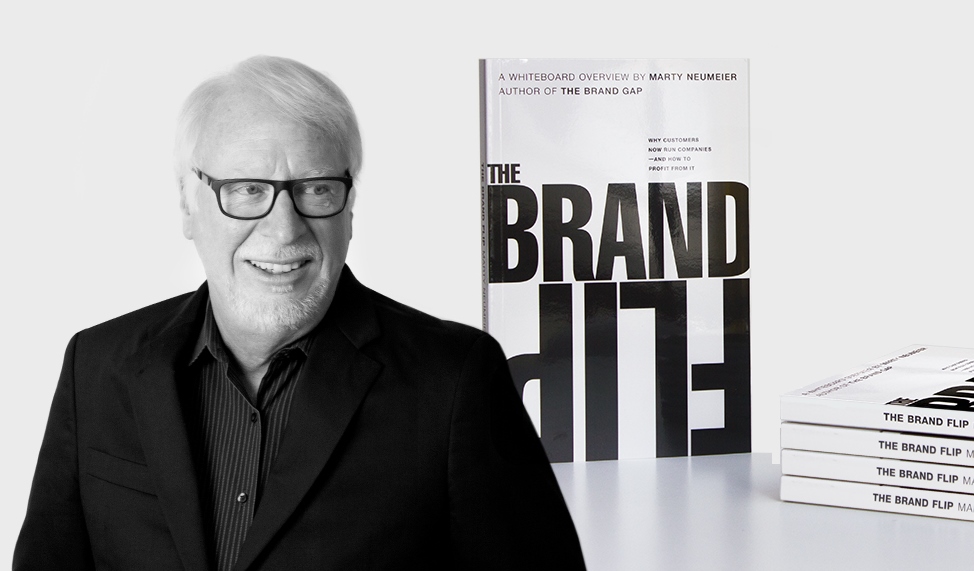
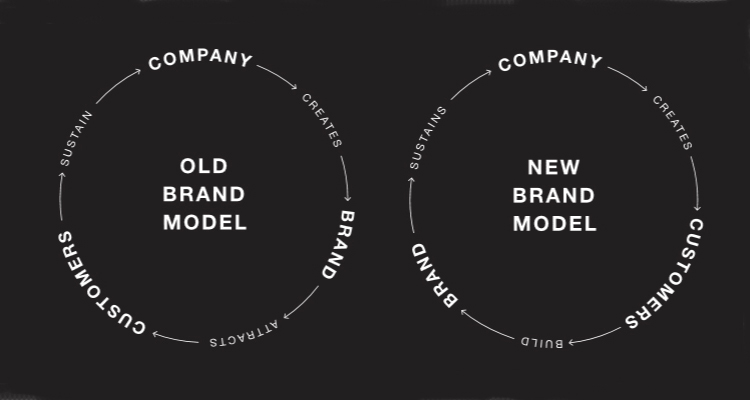
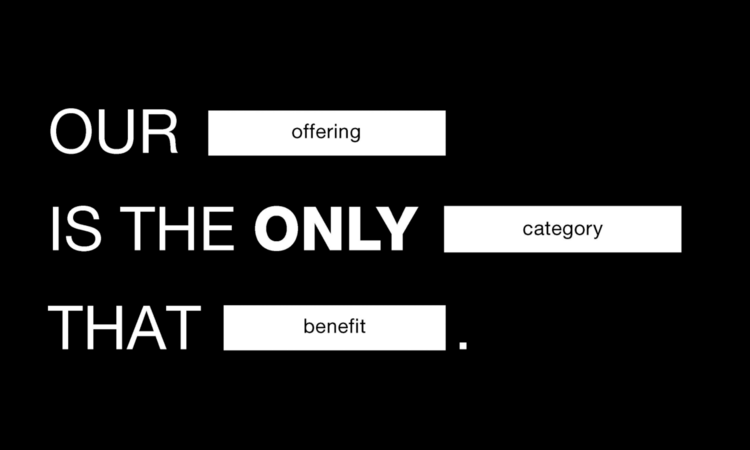
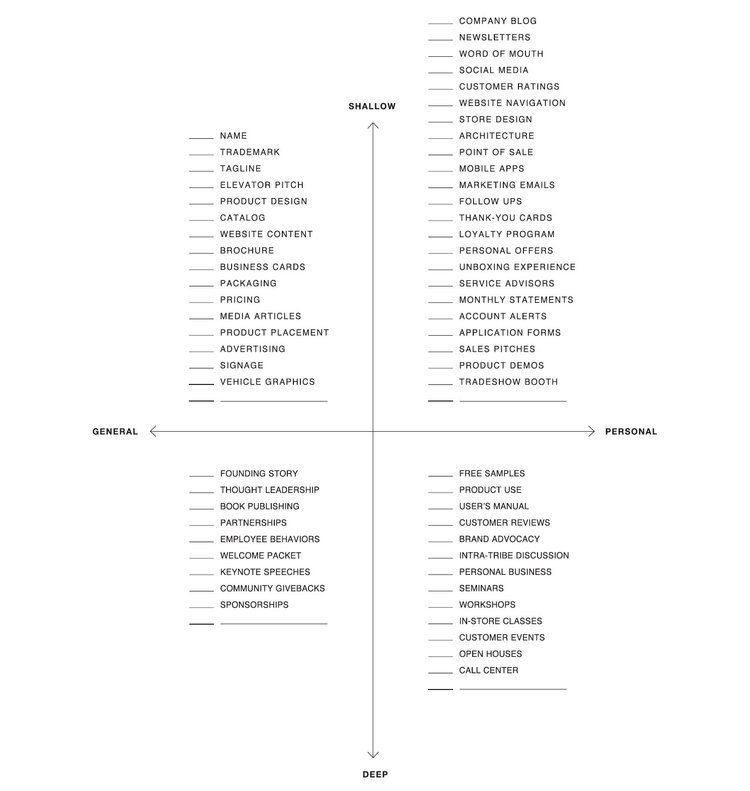
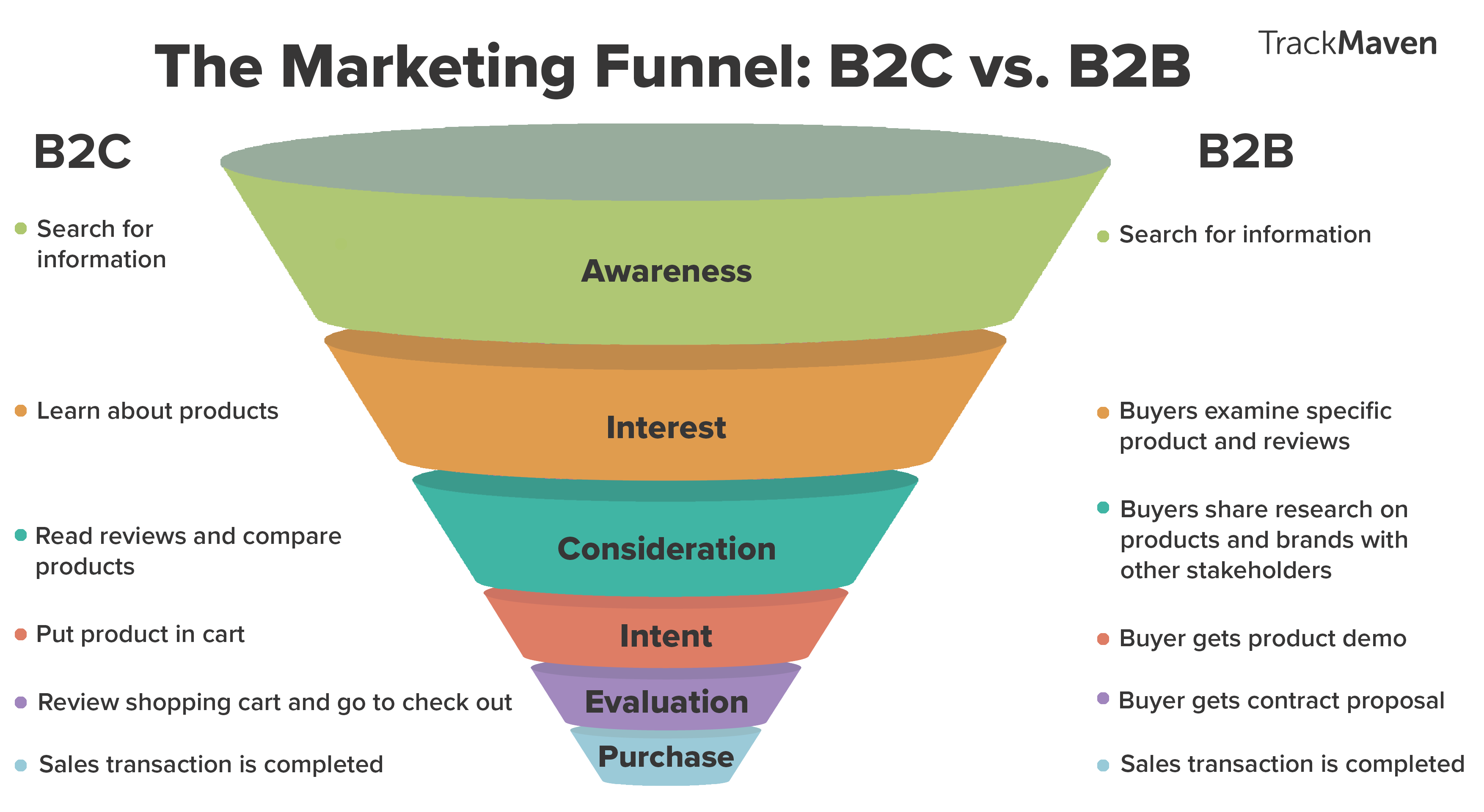
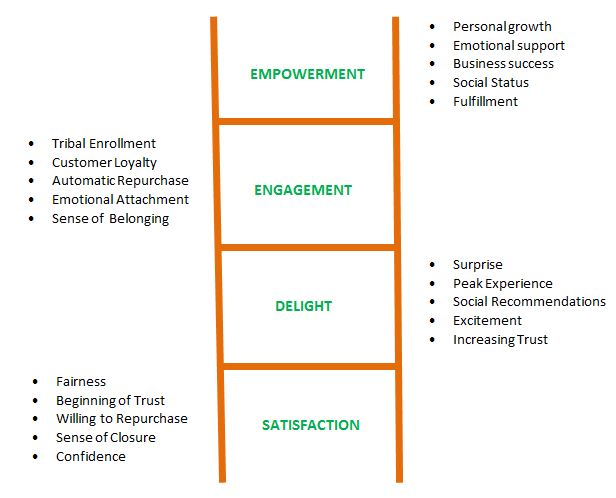
Hi
Keeping safe our online presence is very competitive nowadays; We need Best, Content and marketing service. I was facing problems regarding my Social media Management, Marketing, and online visibility that’s landed me here, You are going to help me a lot to improve my steps for making new Strategy.
Thank you for sharing your thoughts and Services, carry on the rewarding work.
Hi
Great thanks for sharing such great knowledge, I really thanks to you for post such great information .As I faced to much online problems and lack of information.So now I have to rebuild my strategies with more efforts .
Thank you again for such great Information
Hi,
I read your article and it is amazing…
You share a some awesome insights and tips here. But I think you could improve your user experience.
Just recently I have written a blog post that goes into real depth about sales/marketing funnels and it is pumped with data, infographics, and information.
You can check it out here – https://filipkonecny.wordpress.com/2020/12/19/marketing-funnels/
If you are going to use some stuff from there, I would also appreciate if you would link back to it. It means the world to me.
Cheers,
Filip Konecny
Thanks for sharing great information